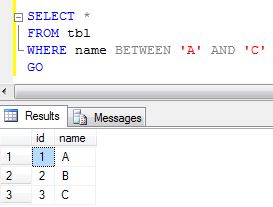This logical operator returns all the records from any one of
the table and non-matching records from the another tables which will be based on the joining condition.
Or, we can say
Non matching records from one table + matching records of
both table + non matching records from another table
Example
Lets have data as below :-









